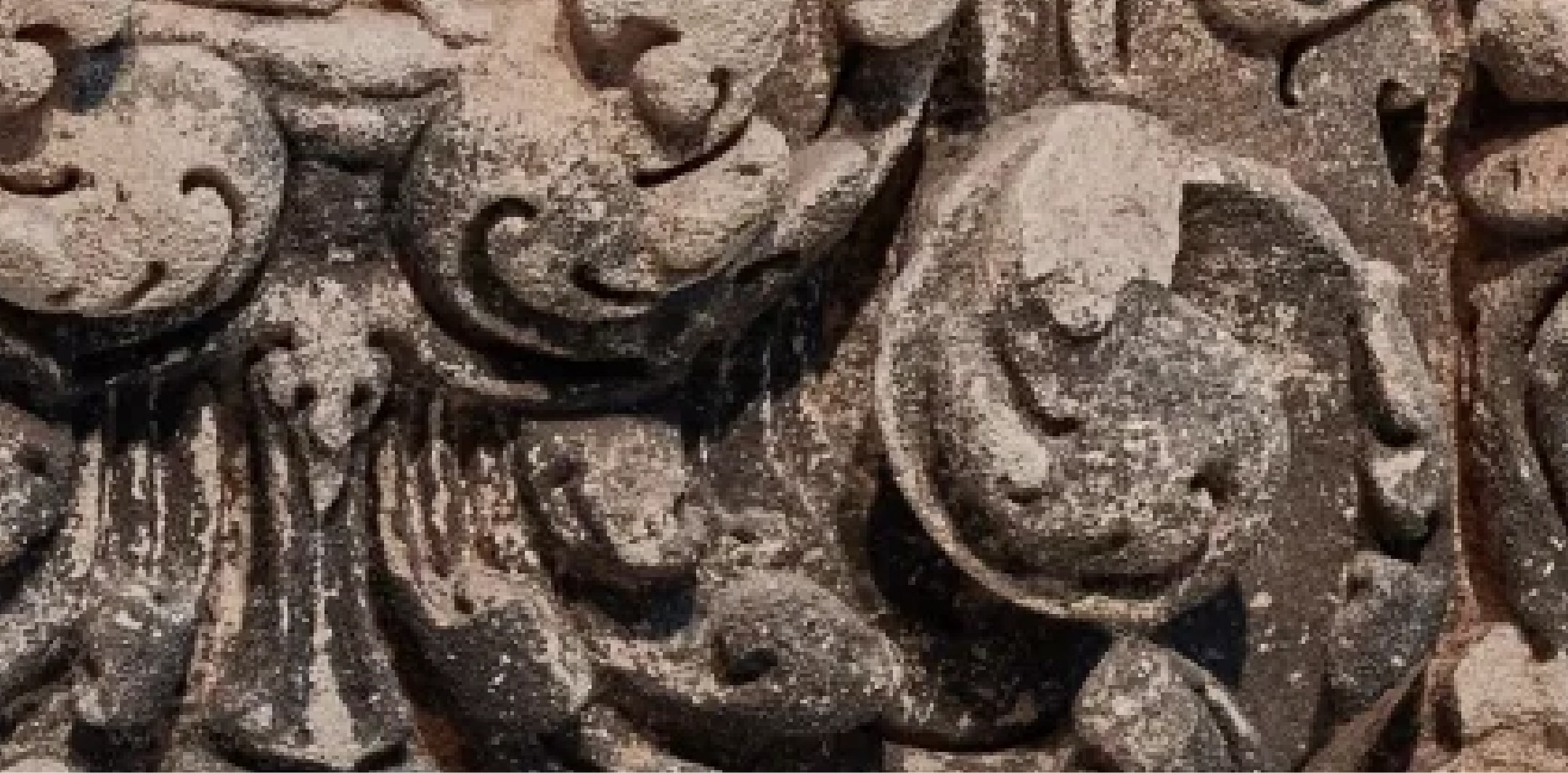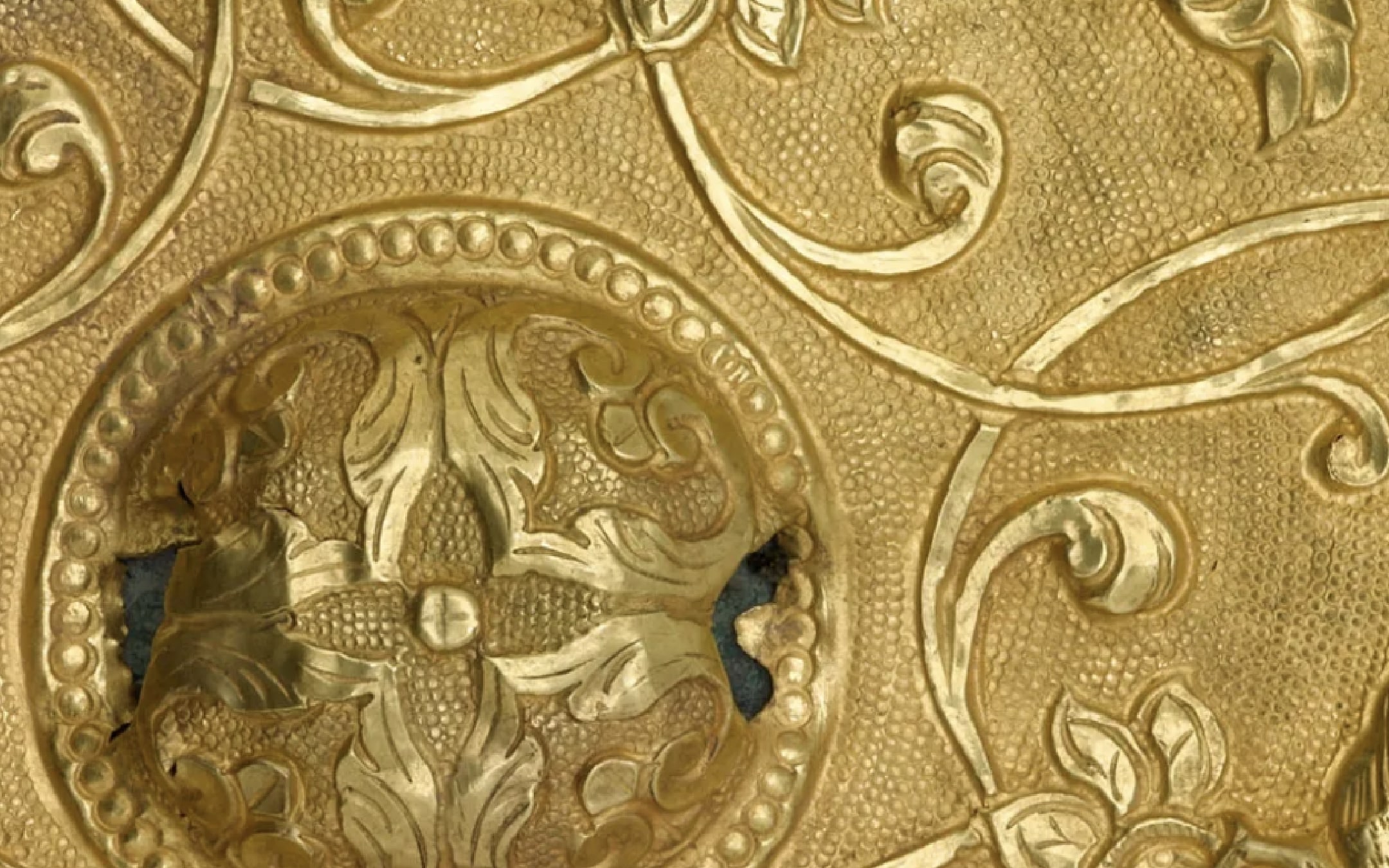Sake bottle

Terms of Use
Usage Conditions ApplyAt A Glance
-
Period
early 19th century -
Geography
Tachikui, Hyogo prefecture, Japan -
Material
Stoneware with iron glaze -
Dimension
H x Diam: 18.3 × 7.9 cm (7 3/16 × 3 1/8 in) -
Accession Number
F1905.53 -
EDAN ID
edanmdm:fsg_F1905.53
Object Details
-
Artist
Masamoto Naosaku -
Description
Sake bottle, (tokkuri. [CHN]).Clay: hard, grayish-brown on surface.Glaze: brilliant blackish-brown, slightly mottled with red-brown and yellow-brown. Iridescent.Mark: Naosaku [CHN] -
Marks
Naosaku [CHN] -
Label
A rectangular seal impressed on the base of this bottle identifies it as the work of Masamoto Naosaku, who was known for his novelty sake bottle that floated in hot water when full. -
Provenance
To 1905Thomas E. Waggaman (1839-1906), Washington, DC, to 1905 [1]From 1905 to 1919Charles Lang Freer (1854-1919), purchased at the sale of the Waggaman Collection, American Art Association, New York, NY, January 25-February 3, 1905, no. 1911 [2]From 1920Freer Gallery of Art, gift of Charles Lang Freer in 1920 [3]Notes:[1] See Original Pottery List, L. 1366, Freer Gallery of Art and Arthur M. Sackler Gallery Archives. Also see Curatorial Remark 8, Louise Cort, June 17, 2008, in the object record.[2] See note 1.[3] The original deed of Charles Lang Freer's gift was signed in 1906. The collection was received in 1920 upon the completion of the Freer Gallery. -
Collection
Freer Gallery of Art Collection -
Exhibition History
Japanese Ceramics from Past to Present (February 18, 1983 to February 16, 1984) -
Previous custodian or owner
Thomas E. Waggaman (1839-1906)American Art Association (established 1883) (C.L. Freer source)Charles Lang Freer (1854-1919) -
Origin
Tachikui, Hyogo prefecture, Japan -
Credit Line
Gift of Charles Lang Freer -
Type
Vessel -
Restrictions and Rights
Usage Conditions Apply
There are restrictions for re-using this media. For more information, visit the Smithsonian's Terms of Use page.
The information presented on this website may be revised and updated at any time as ongoing research progresses or as otherwise warranted. Pending any such revisions and updates, information on this site may be incomplete or inaccurate or may contain typographical errors. Neither the Smithsonian nor its regents, officers, employees, or agents make any representations about the accuracy, reliability, completeness, or timeliness of the information on the site. Use this site and the information provided on it subject to your own judgment. The National Museum of Asian Art welcomes information that would augment or clarify the ownership history of objects in their collections.
Keep Exploring
-
Related Resources
-
Date
-
Name
-
Place
-
Topic
-
Culture
-
Object Type

